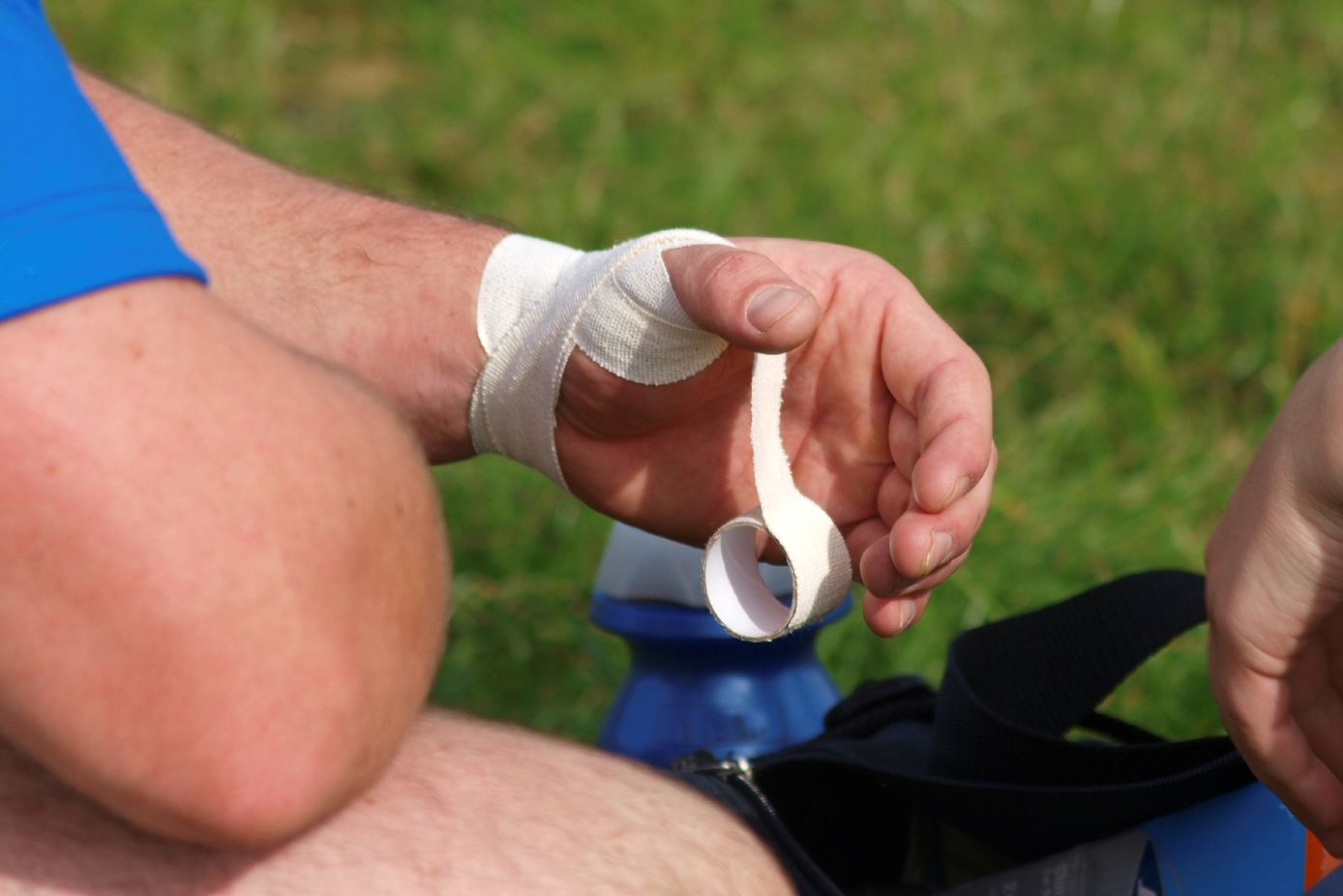
Skier’s Thumb
2 CommentsSkier’s Thumb, Gamekeeper’s Thumb….. Baseball Player’s Thumb? Ulnar Collateral Ligament Injuries of the Thumb: An injury for all seasons.
Skier’s thumb, aka “Gamekeeper’s Thumb”, is an injury to the Ulnar Collateral Ligament (UCL) of the thumb. The UCL is located at the metacarpophalangeal (MCP) joint where the thumb meets the hand. The purpose of the UCL is to keep the thumb stable with activities such as pinching.
The name “Skier’s Thumb” is derived from this injury frequently occurring following a skiing accident where the individual falls while maintaining one’s grip on the ski pole. The thumb is often forcefully stretched away from the rest of the hand causing a partial or complete tear of the UCL. Gamekeeper’s thumb was the injury’s original name, stemming from repetitive trauma of the ligament over time.
More recently, America’s favorite past time caused a big stir in the world of hand injuries and rehabilitation last summer. Famous baseball players Yadier Molina, Josh Hamilton and Bryce Harper all sustained UCL injuries to their thumbs, while sliding into a base with an outstretched hand.
Symptoms of Skier’s Thumb/Gamekeeper’s Thumb²
- Pain at the metacarpophalangeal joint of the thumb
- Swelling
- Unstable MCP joint/ possible deformity
- Ecchymosis or bruising
- Decreased motion
- Tenderness over the UCL
- Loss of strength with pinching
If one suspects an injury to the UCL of the thumb, a follow up with an orthopedic hand surgeon is recommended. A thorough physical exam will be performed, along with an in-depth subjective history review to determine the exact mechanism of injury and thoroughly evaluate all current symptoms. X-rays may be taken to determine any bone involvement. Specialized testing such as an MRI may also be used to determine the level of injury to the ligament.
Partial tears or sprains/strains of the UCL often are treated non-surgically; however, a complete tear is often indicative of surgery¹.
Non-surgical Treatment Options¹
- Ice to decrease swelling
- Acetaminophen or Ibuprofen to reduce pain
- Immobilization in a thumb spica cast or splint for a period of time set by your physician to allow for healing of the ligament
So no matter what the season, no matter what activity one participates in, may it be skiing, baseball, tennis, or even something as simple as cleaning the house, a fall that results in overstretching one’s thumb in the wrong direction can, in fact, lead to a UCL injury of the thumb.
References:
¹Burke, S., Higgins, J., McClinton, M., Saunders, R. & Valdata, L. (2006). Hand and Upper Extremity Rehabilitation: A practical guide. St. Louis, Missouri. Elsevier, Churchill, Livingstone.
²Tang, Peter, MD, PhD. (2011). Collateral Ligament Injuries of the Thumb Metacarpophalangeal Joint. Journal of the American Academy of Orthopaedic Surgeons, 19(5), 287-296.


2 Comments
jj walker
full tear surgery needed
when can i golf again?
Laura Jenkins
This will be physician dependent on when you can return to a higher impact activity (gripping a golf club and swinging). Typically individual’s are allowed to return to normal activities at the 12-14 week point however once again this will depend on how your surgery goes, what your physician’s post operative protocol is and how you heal. Following surgery and when your physician allows you will want to make sure that you follow up with a hand therapist to ensure your best outcome and that you get back to the golf course as quickly as possible.